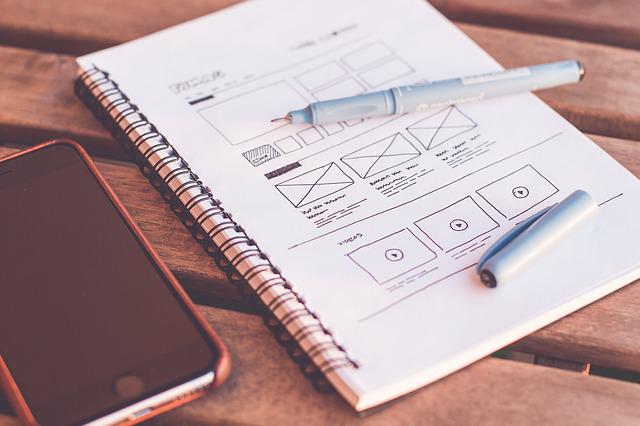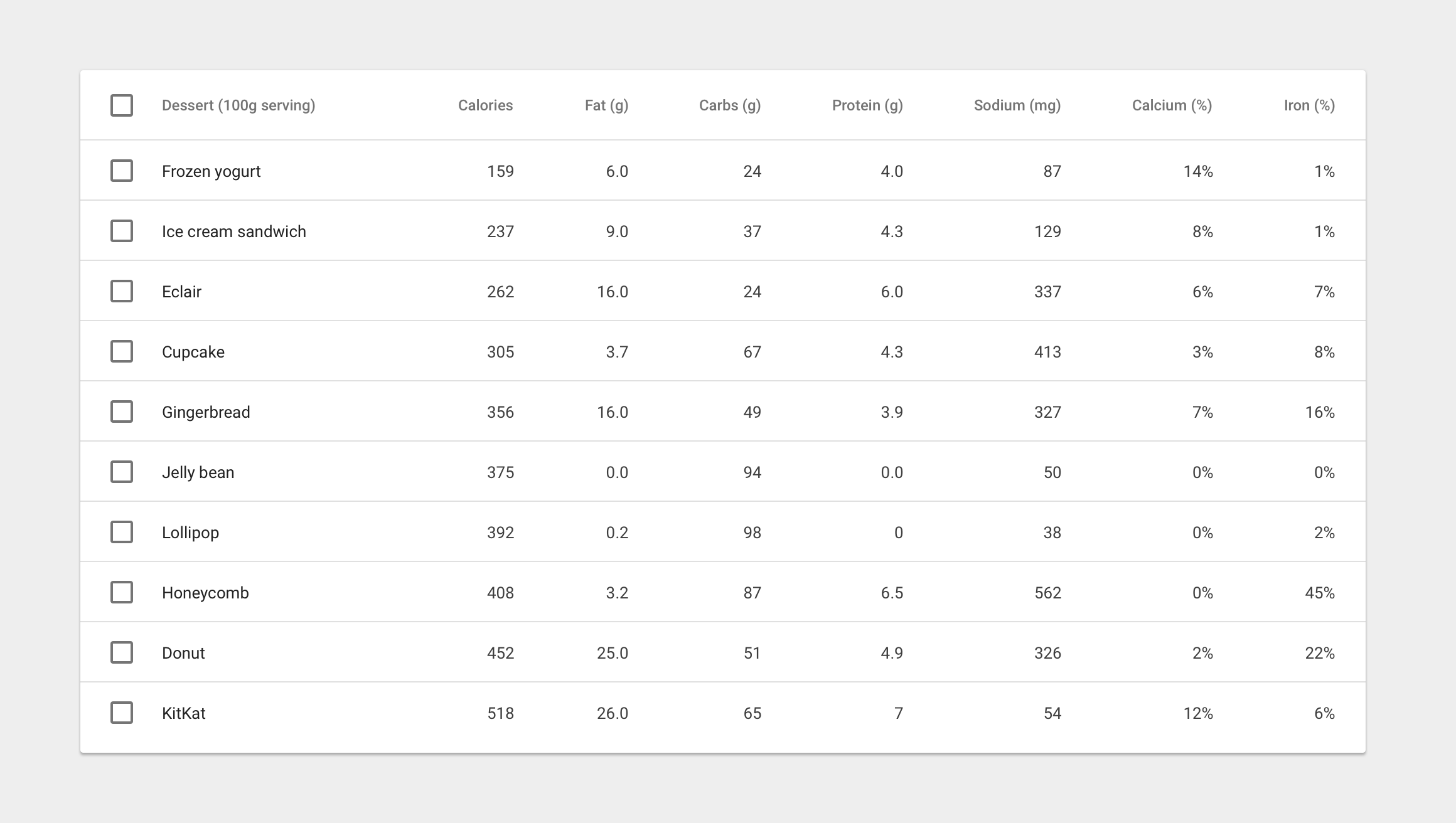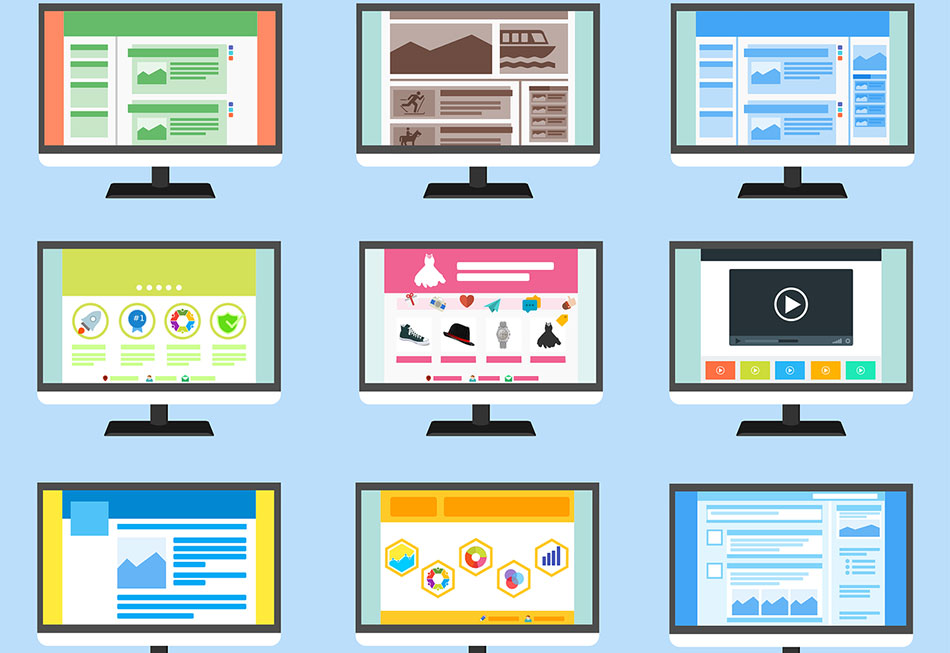
Creating a good desktop design involves more than putting text and images in the right place. It's also about designing for both mediums. Information architecture is the best tool to help you do that.
The best desktop design must be intuitive, simple, and easy-to-use. It must also be easy to use in the face of distractions. It should be easy-to-use and provide important information at top of page.
The desktop has the advantage of a large screen and horizontal content navigation. Mobile screens can hold a lot more information than desktops. This limits the number of functions a user can accomplish at a time.

The process of creating a mobile app for desktop may take twice the time as that of designing for desktop. The mobile version will only have the ability to display pull out menus and fields. It should be easy to use and can accommodate landscape and portrait views. It should be possible to switch between both views by simply switching between devices.
You must know your audience before you can create a desktop design that is appealing to them. Also, you need to understand your audience and the most important actions they are taking. This will allow you to decide where your UI components should be placed.
A desktop application offers the benefit of being able use the cursor to navigate through the interface. This is particularly important for multi-column format users, which allows the user to navigate left or right sided navigation menus.
You should also consider adaptive spacing and multi-touch support. This helps to save space on small screens. You can zoom in and out with the cursor in desktop apps. A mouse can be used to navigate between screens.

The best desktop design also involves some of the best mobile design practices. A responsive layout allows users to access the app from their preferred devices. To make your design compatible across a range of devices, you should use CSS media queries.
The most useful desktop design is also one of the best. A desktop design that is well-designed can make it easier to use on mobile devices as well as other devices. In addition, using a white background in the center of the screen is a good idea, as it helps give the interface a float.
The best place to display your product is on the desktop. You can use a white background for a desktop app and a bright background on the sides. You should also consider using an animated background to give your app a more immersive look. You can also use a blurred background for a touch screen device, which can provide a similar effect.
FAQ
What Kinds Of Websites Should I Make?
It all depends on what your goals are. It may be best to sell online your products to build a company around your website. To make this happen, you'll need a reliable eCommerce website.
Other popular types of websites include blogs, portfolios, and forums. Each type of website requires different skills. For instance, if you want to set up a blog, you will need to learn about blogging platforms such as WordPress or Blogger.
It is important to choose the right platform for your site. There are many themes and templates that you can use for free.
After you have chosen a platform, it is time to add content. Pages can include images, videos, text and links.
When you are ready to launch your new website, you can publish it online. Visitors can view your site online once it has been published.
Do I hire a web developer or make it myself?
If you're looking to save some money, don’t pay for web designing services. However, if you are looking for high-quality results, hiring someone to design your website might not be worth it.
There are many ways to create websites from scratch, without having to hire expensive designers.
If you're willing put in the work, you can create a website that looks great using tools like Dreamweaver.
It is possible to outsource your project to a freelance web developer, who will charge by the hour rather than per-project.
What is a responsive website design?
Responsive Web Design (RWD) is an approach to designing websites where content displays responsively on all devices - desktop computers, laptops, tablets, smartphones, etc. This allows users to view a website on one device simultaneously but still access other features such as navigation menus, buttons, etc. RWD aims to ensure that every user who views a site is able to view it on any screen size.
A website that sells primarily through eCommerce would be an example of this. You want your customers to be able to purchase products from your store, even if they are viewing it on a phone.
A responsive website will adapt its layout to suit the device it is being viewed on. A website that is viewed on your laptop will display the same way as a desktop website. It will be different if the page is viewed from your phone.
This means that you can create one website that looks great across all devices.
Can I use HTML & CCS to build my website?
Yes! If you've followed the steps, you should now be able create your website.
You now know how to build a website structure. Now you need to learn HTML and CSS coding.
HTML stands for HyperText Markup Language. It's like creating a recipe for a dish. You would list ingredients, directions, etc. Similarly, HTML tells a computer which parts of text appear bold, italicized, underlined, or linked to another part of the document. It's the language that documents use.
CSS stands for Cascading Style Sheets. It's like a stylesheet for recipes. Instead of listing each ingredient and instructing, you can write down general guidelines for font sizes, colors and spacing.
HTML tells a browser how to format a webpage; CSS tells a browser how to do it.
Don't be afraid to ask questions if you don’t understand any of these terms. Follow these steps to make beautiful websites.
What is a static website?
Static websites are those where all content is stored on a web server and can be accessed by users via their web browsers.
The term "static" is used to refer to the absence of dynamic features like changing images, video, animations, etc.
This site was initially designed for corporate intranets, but it has been adopted by individuals or small businesses who desire simple websites that don't require complex programming.
Static websites are becoming more popular due to their ease of maintenance. They are much easier to maintain than fully-featured sites with many components (such a blog).
They also load quicker than their dynamic counterparts. They are great for people who use mobile devices and have slow Internet connections.
A static website is more secure than its dynamic counterparts. You can't hack into a static site. Hackers can only access the data contained in a database.
There are two main ways you can create a static web site.
-
Using a Content Management System.
-
Creating a Static HTML Website
It depends on what your needs are. If you're new to creating websites, I recommend using a CMS.
Why? It gives you full control of your website. With a CMS, you don't need to hire someone to help you set up your site. Upload files to the website server.
You can still learn how to code and create a static website. It will take some time to learn to program.
Statistics
- In fact, according to Color Matters, a signature color can boost brand recognition by 80%. There's a lot of psychology behind people's perception of color, so it's important to understand how it's used with your industry. (websitebuilderexpert.com)
- Is your web design optimized for mobile? Over 50% of internet users browse websites using a mobile device. (wix.com)
- It's estimated that in 2022, over 2.14 billion people will purchase goods and services online. (wix.com)
- When choosing your website color scheme, a general rule is to limit yourself to three shades: one primary color (60% of the mix), one secondary color (30%), and one accent color (10%). (wix.com)
- The average website user will read about 20% of the text on any given page, so it's crucial to entice them with an appropriate vibe. (websitebuilderexpert.com)
External Links
How To
How do you become a web developer
A website does not simply contain HTML code. It's an interactive platform that allows you to communicate with users and deliver valuable content.
A website is more than a medium for delivering information; it is a portal to your business. Customers should find the information they are looking for quickly and efficiently. It should also show them how to interact with you company.
The best websites allow users to do exactly the same thing they came here to do: search for what they need and then leave.
To reach this goal, you'll need to have technical skills and design aesthetics. You will need to know HTML5 coding basics and CSS3 styling, along with the latest developments in JavaScript.
You'll also need to know how to use various tools, such as Dreamweaver, Photoshop, Illustrator, InDesign, and Fireworks, allowing designers to create and edit website graphics and layouts. Finally, you will need to create your style guide. This includes everything from fonts and colors to layout.
You can learn more about web design by looking at articles, enrolling in college courses or reading online courses.
Although it might take you months or even years to finish your degree program you will be ready to join the workforce once you have earned it.
Don't forget to practice! The better you get at designing, the easier it will be for you to build great websites.